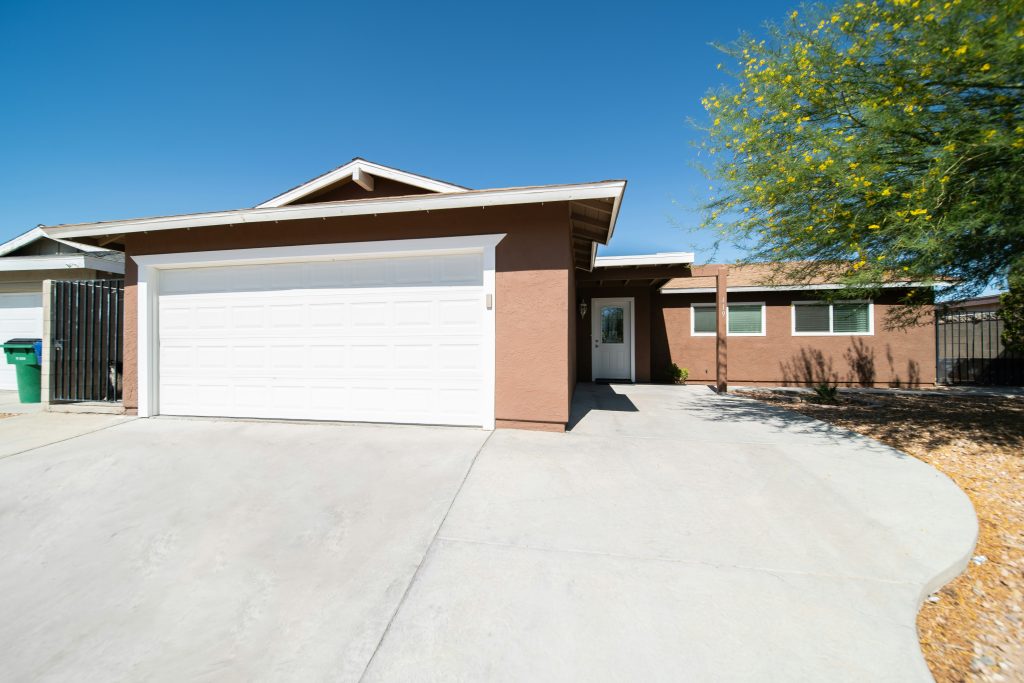What to Consider When Designing a Long-Lasting and Beautiful Driveway
Photo by Brian Wangenheim on Unsplash
Your driveway is often the first thing people notice when they approach your home. It’s more than just a practical vehicle path; it’s integral to your property’s curb appeal. Whether you’re planning to revamp an existing driveway or design a new one, making thoughtful decisions will ensure that your driveway isn’t just functional but also enhances the beauty and value of your home.
Imagine coming home every day to a driveway that serves its purpose and brings you joy because of its aesthetic appeal and durability. This isn’t just about choosing the right materials, though that’s important—it’s about understanding how your choices today will impact your home’s look and functionality for years to come. Every detail matters, from selecting materials that can withstand weather changes to ensuring the design complements your landscape.
However, designing a long-lasting and beautiful driveway can feel overwhelming without the right guidance. That’s why this guide will walk you through the key considerations that can help you create a driveway that meets your needs and adds to your home’s charm. Whether you’re a homeowner looking to make a wise investment or someone who values the little details that make a big difference, these tips will set you on the right path.
Aesthetics
Your driveway design should complement your home and its overall landscape. Therefore, you should choose materials that match your home’s exterior. For instance, a rustic brick driveway goes well with a traditional house. On the other hand, sleek concrete suits modern design.
In addition to the material selection, edging, borders, and plants should be incorporated. You can head to somewhere like https://www.redbrain.shop/ to find great options and compare prices. These features will help enhance your home’s visual appeal.
Functionality of Your Driveway
Think about the functionality of your driveway. Why is this important? The functionality of your driveway is essential to ensure it aligns with your current needs and future considerations. So, when designing a long-lasting driveway, consider the following:
- The number and types of cars that need accommodation
- The frequency of guests
- Your need for a loading or unloading zone
- How your driveway integrates with other areas of your home, like your main entrance
These considerations will ensure that the driveway you design has ample space for maneuvering and parking and provides seamless access to your property.
Material
One of the first things you should consider is the type of material that you need to use. There are many materials that you can use for your driveway; they include:
- Concrete
- Asphalt
- Pavers
- Gravel
Each driveway material has its own benefit. For instance, concrete driveways are easy to maintain and offer a long-lasting, sturdy surface that can be further protected through regular driveway sealing. On the other hand, paver driveways are incredibly durable and versatile in design. Even in wet conditions, they reduce the possibility of falls and slips and offer excellent traction. Also, if damaged, you can replace them individually, reducing the cost of repairs or downtime. This makes paver driveways a practical choice. Gravel, on the other hand, is a budget-friendly option that provides a rustic look. It’s easy to install and allows for good drainage, while the Asphalt driveways are cost-effective and offer a smooth surface to ensure longevity.
Your Terrain
The terrain of your property should play an essential role in your driveway design. Why? This is because your terrain can directly affect your driveway’s effectiveness, construction, and layout. So, make sure to understand the natural slope of your land.
It will help plan proper drainage to prevent soil erosion or water pooling. Driveway drainage is vital for the value and health of your property. An effective drainage system will save money and time in repair costs.
It will also protect your landscape from potential water damage. So, examining the type of terrain your land is in is a significant part of your driveway design.
Climate
Your local climate is vital when determining the design and material type. For instance, a smooth concrete or asphalt surface is best for areas with heavy snowfall because it is easy to maintain and shovel during winter. On the other hand, gravel is best for areas with heavy rainfall. It facilitates better drainage.
Therefore, when designing your driveway, choose materials that can withstand your local climate. To ensure the chosen material performs well in your specific climate, it’s helpful to consult experienced groundwork contractors who understand how different weather conditions can affect sub-base preparation, drainage, and long-term surface durability.
Landscape
In landscaping, you can strategically use greenery and hardscape elements. These elements will help to enhance the curb appeal of your property. So, consider placing low-maintenance plants along specific areas of your driveway edges.
The plants will help to add a touch of natural beauty to your landscape. Consider using sculptures or decorative planters to draw attention from the functional aspect of your driveway.
Safety Features
Safety considerations are critical when planning your driveway design. One way to achieve this is through non-slip surfaces. Another is to integrate proper lighting into your driveway design. Proper lighting not only caters to the aesthetic needs of a driveway but also ensures safety for users.
With proper lighting and non-slip surfaces, you can confidently use your driveway regardless of the weather conditions or time of day.
Permits and Regulations
Different regions have varying local zoning laws. So, check with local authorities to ensure you comply with zoning laws and building codes. Note that some areas may restrict the size or type of driveways.
Also, get the necessary permits before construction, especially if your driveway connects to public roads.
Bringing It All Together: Crafting Your Perfect Driveway
Designing a beautiful and durable driveway requires careful planning and attention to detail. By considering factors like material selection, weather resilience, and how the design complements your home, you can create a driveway that serves its practical purpose and enhances your property’s overall appeal. As you embark on this project, remember that your driveway is more than just a pathway—it’s an essential part of your home’s first impression. With thoughtful choices, you can ensure that your driveway stands the test of time and continues to welcome you home with style.






